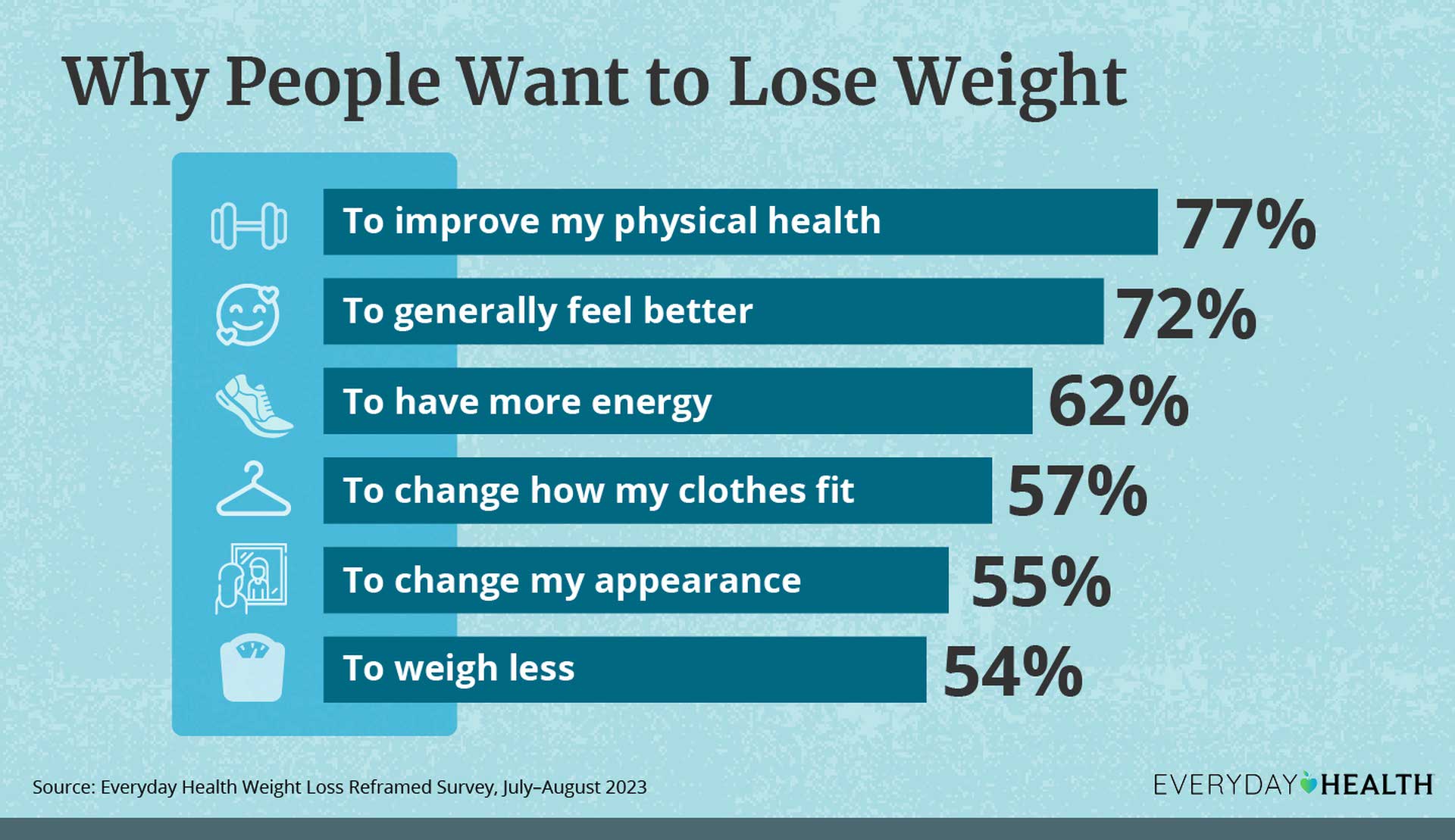
Achieving and maintaining a healthy weight is a goal shared by many, yet it often feels like an elusive target. With myriad diets, exercise programs, and weight loss supplements flooding the market, it's easy to feel overwhelmed and uncertain about where to begin. This comprehensive guide aims to demystify the process of weight loss, providing practical advice and evidence-based strategies for a sustainable and healthy journey.
Understanding Weight Loss
At its core, weight loss is about creating a calorie deficit, which means consuming fewer calories than your body needs to maintain its current weight. This can be achieved by reducing calorie intake, increasing physical activity, or a combination of both. However, the simplicity of this equation belies the complexity of human physiology, psychology, and lifestyle factors that influence weight management.

Setting Realistic Goals
The first step in any weight loss journey is setting realistic and achievable goals. It's important to focus on gradual weight loss, aiming for 1-2 pounds per week. Rapid weight loss can lead to muscle loss, nutritional deficiencies, and other health issues, and is often unsustainable in the long term.
Start by calculating your Basal Metabolic Rate (BMR) to understand how many calories your body needs at rest. Various online calculators can help you determine your BMR based on your age, sex, weight, and height. From there, you can calculate your Total Daily Energy Expenditure (TDEE) by factoring in your activity level. To lose weight, you should aim to consume 500-1000 calories less than your TDEE per day.
Nutrition: The Foundation of Weight Loss
Nutrition plays a pivotal role in weight loss. Rather than following restrictive diets that eliminate entire food groups, focus on a balanced approach that includes a variety of nutrients. Here are some key principles:
1. Balanced Diet: Incorporate a mix of carbohydrates, proteins, and fats into your diet. Aim for whole grains, lean proteins, healthy fats, and plenty of fruits and vegetables.
2. Portion Control: Be mindful of portion sizes to avoid overeating. Using smaller plates, bowls, and utensils can help control portions.
3. Mindful Eating: Pay attention to what you eat and how you eat it. Avoid distractions like watching TV while eating and take the time to savor your food.
4. Hydration: Drinking enough water is crucial for overall health and can help control hunger. Sometimes, thirst is mistaken for hunger.
5. Limit Processed Foods: Reduce your intake of processed and sugary foods, which are often high in calories but low in nutritional value.
6. Plan and Prep: Planning meals and snacks ahead of time can prevent impulsive eating and help you stick to your nutritional goals.

Exercise: Moving Towards Your Goals
While diet is a crucial component of weight loss, exercise helps create a calorie deficit, builds muscle, and improves overall health. A combination of cardio and strength training exercises is most effective.
1. Cardiovascular Exercise: Activities like walking, running, cycling, and swimming increase your heart rate and burn calories. Aim for at least 150 minutes of moderate-intensity or 75 minutes of high-intensity cardio per week.
2. Strength Training: Building muscle through strength training exercises like lifting weights or bodyweight exercises (push-ups, squats, etc.) is important because muscle tissue burns more calories at rest compared to fat tissue. Aim for at least two days of strength training per week.
3. Flexibility and Balance: Incorporate activities like yoga or Pilates to improve flexibility and balance, which can enhance overall fitness and prevent injuries.
4. Active Lifestyle: Incorporate more physical activity into your daily routine by taking the stairs, walking or cycling to work, and doing household chores.
Behavioral and Psychological Aspects
Weight loss is not just about physical changes; it also involves psychological and behavioral shifts. Here are some strategies to address these aspects:
1. Set SMART Goals: Goals should be Specific, Measurable, Achievable, Relevant, and Time-bound. For example, "I will walk for 30 minutes five times a week."
2. Self-Monitoring: Keep track of your food intake, physical activity, and progress. Journals or mobile apps can be useful tools for this.
3. Stress Management: Stress can lead to emotional eating. Practice stress-reducing techniques such as meditation, deep breathing, or hobbies that relax you.
4. Support System: Having a support network can make a big difference. Share your goals with friends or family, or join a weight loss group or online community.
5. Healthy Sleep: Poor sleep can negatively affect metabolism and increase hunger hormones. Aim for 7-9 hours of quality sleep per night.
6. Professional Help: Don’t hesitate to seek help from a registered dietitian, nutritionist, or psychologist if you need guidance or are struggling with emotional aspects of weight loss.
Overcoming Plateaus
Weight loss plateaus are common and can be discouraging. Here are some strategies to overcome them:
1. Reassess Your Caloric Needs: As you lose weight, your TDEE decreases. You may need to adjust your calorie intake accordingly.
2. Change Up Your Routine: Introducing new exercises or increasing the intensity of your workouts can help break a plateau.
3. Monitor Macronutrient Intake: Sometimes, adjusting the ratio of carbohydrates, proteins, and fats can jump-start weight loss.
4. Stay Hydrated and Manage Stress: Both dehydration and stress can contribute to weight loss plateaus.
Sustainability and Long-Term Success
Sustainable weight loss is about making long-term lifestyle changes rather than short-term fixes. Here are some tips to ensure lasting success:
1. Focus on Health, Not Just Weight: Shift your focus from just losing weight to overall health and well-being. This includes mental health and emotional satisfaction.
2. Build Healthy Habits: Gradually incorporate healthy habits into your routine so they become second nature.
3. Be Patient and Kind to Yourself: Weight loss is a journey with ups and downs. Celebrate your progress and don’t be too hard on yourself during setbacks.
4. Enjoy the Process: Find physical activities and healthy foods you enjoy. This will make it easier to stick to your new lifestyle.
5. Educate Yourself: Continue learning about nutrition and fitness to keep yourself motivated and informed.

Conclusion
Weight loss is a multifaceted process that involves a balance of proper nutrition, regular physical activity, and positive behavioral changes. While the journey can be challenging, it is achievable with dedication, patience, and the right strategies. By setting realistic goals, adopting a balanced diet, incorporating regular exercise, addressing psychological aspects, and focusing on long-term sustainability, you can achieve and maintain a healthy weight.

You must be logged in to post a comment.